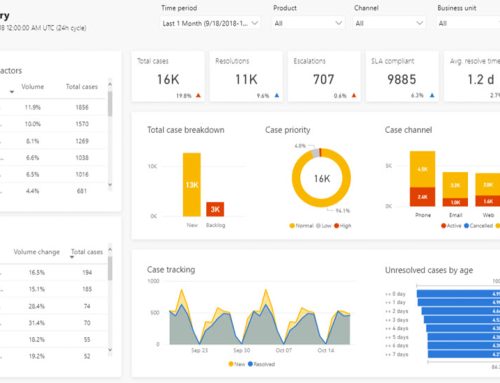What Is Supplier Evaluation
Before exploring various supplier evaluation methods, it is important to understand the concept of supplier evaluation. Basically, supplier evaluation is evaluation of present or new supplier with reference to their cost, production competencies, delivery, management qualities, technical skills and services. It is recommended that a standard supplier evaluation plan must be used in every case for the current as well as prospective suppliers.
Supplier Evaluation methods
There are several supplier evaluation methods that can be used for the evaluation of your suppliers. Primarily, a lot of companies form a survey in which a number of questions relating to quality systems are asked. According to some companies, ISO 9001 certification is considered as a demonstration of required quality, and as a result will assess the supplier in relation to their certification for this particular standard. One more common way is to place some sample orders to make a decision on the basis of their performance analysis.
Categorical Method
“Categorical method” is an important one of the supplier evaluation methods which consists of classifying all suppliers’ performance in particular region described by a list of applicable performance components. For all suppliers a list of performance elements is developed by the buyer who keeps track of all regions by allocating a certain score in basic terms like poor, average and good. The buyer let the supplier know about their performance evaluation in their meetings. The plus point related with this kind of evaluation methods is that it is inexpensive and can be applied in a short time. The drawback of this method is reliance on the finding of the user.
Cost-Ratio Method
Another important one of the supplier evaluation methods is the “Cost-Ratio method”. In this method supplier performance is evaluated by means of standard cost analysis. The overall cost of every material purchase is estimated as its selling price along with the purchaser’s in-house organizational cost related with the delivery, quality and service components of procurement. The calculation process includes four steps. The first step is to define the in-house organizational cost in relation to the quality, delivery and service. The second step is to transform all elements to cost ratio, which states the cost as percentage of the worth of the procurement. The third step is to sum up the three cost ratio which comprises of quality, delivery and service in to order acquire total cost ratio. The last and fourth step is that in order to get the remaining adjusted cost figure, the total cost ratio is applied to price quoted by suppliers. The remaining adjusted cost figure is used for comparing the performance of different suppliers.
Linear Averaging Method
Furthermore, the most commonly used supplier evaluation method is ‘Linear averaging method’. Specific elements of quantitative performance are applied for assessing supplier performance. The most usually applied dynamics consist of price, quality, and delivery. However, any single element may be given more significance as compared to other components. The allocation of these weights is an issue of decision in light of the preferences from top management. Afterwards, for the individual ratings these weights are used as multipliers on all of the three performance components. The separate performance ratings are decided once the weights have been allocated. This is completed by adding the totals for all performance components. Subsequently all performance scores are multiplied by their relevant weights as percentage. As a final point, in order to provide a numerical rating for all suppliers the outcomes of the three factors are added.
In the opinion of different experts there is no best method which exists to assess and choose suppliers. As a consequence, it is suggested that organizations must use different methods. It should be kept in mind that the overall aim of the supplier evaluation process is to decrease risk and make the most of overall value for the buyer. A business entity should pick suppliers with which business can be done for a long period of time. Usually, supplier evaluations follow a demanding and organized approach by means of using a survey. For conducting an effective supplier survey there are specific features like objectiveness, completeness, consistency, flexibility and lastly it has to be straightforward in mathematical terms. Moreover, leading contractors must evaluate the core competencies and abilities of all suppliers and at that point inquire if a particular supplier could be substituted by another one.






